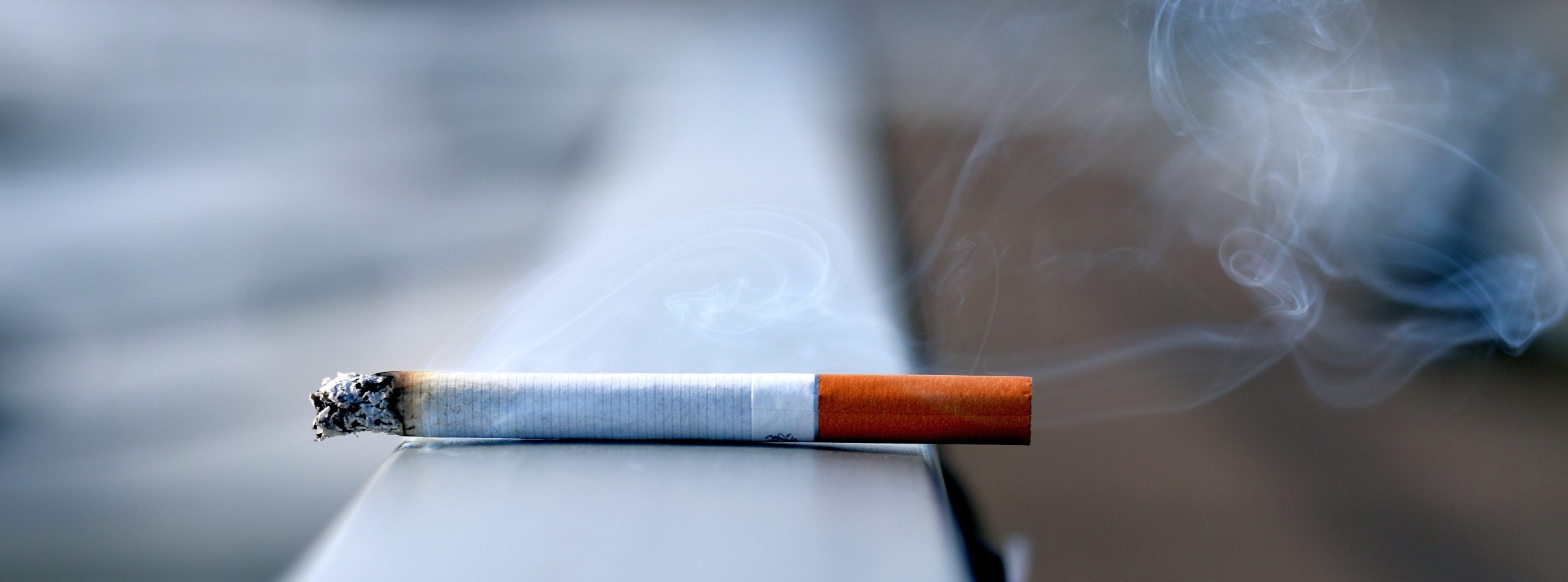Chris Bird is a Consultant in Paediatric Emergency Medicine at Birmingham Children’s Hospital, and Acute Paediatrics Lead for the National Institute for Health and Care Research (NIHR) Community Healthcare Medtech and In Vitro Diagnostics Cooperative (MIC).
Gail Hayward is a GP; Clinical Director of the NIHR Community Healthcare MIC; and Associate Professor at the Infections and Acute Care Research Group at the Nuffield Department of Primary Care Health Sciences, University of Oxford.
Philip Turner is the Manager of the NIHR Community Healthcare MIC, and Senior Researcher at the Infections and Acute Care Research Group at the Nuffield Department of Primary Care Health Sciences, University of Oxford. NIHR Community Healthcare MIC are on Twitter/X: @NIHR_CH_MIC
Measurement of oxygen saturation is considered the ‘fifth vital sign’ but is challenging to measure in infants and preschool children in community settings.
Several national and international guidelines advocate oxygen saturation measurement in primary care for children presenting with acute respiratory illness to aid decision making on referrals to secondary care, but some think the technology has led to overdiagnosis, such as increased admission rates for infants with bronchiolitis.1
Oxygen saturation monitoring for children is not widely available in general practices2 despite acute respiratory infections (ARIs) accounting for a high number of presentations in primary care.3
Easier and more reliable ways to measure oxygen saturation in children could not only aid clinical decision making in primary care but could also provide a useful tool for care delivered at home (especially in any future respiratory pandemic). The unmet need is also relevant to resource-limited settings, where pneumonia remains the largest cause of mortality in those aged under 5 years.4
We ran a multidisciplinary, ideation workshop (with parents, paediatric nurses, GPs, paediatricians, and engineers; n = 14) to identify problems associated with measuring oxygen saturations in infants and young children, and to discuss possible solutions (themes are summarised in Table 1).
| Table 1. Themes from ideation workshop on oxygen saturation monitoring in infants and young children, Oxford, UK, 21 March 2023 (NIHR Community Healthcare Medtech and IVD Cooperative) | ||
| Problems | What we could do now | Ideas to take forward |
|
|
|
Challenges to the measurement of oxygen saturations in young children in the community have long been a neglected problem. Improving how we do this has the potential to reduce deaths from pneumonia in resource-limited settings,4 and improve trust in the interface between families, primary, and secondary care while cutting healthcare costs.3
References
1. Quinonez RA, Coon ER, Schroeder AR, Moyer VA. When technology creates uncertainty: pulse oximetry and overdiagnosis of hypoxaemia in bronchiolitis. BMJ 2017; 358: j3850.
2. Cunningham S, McMurray A. The availability and use of oxygen saturation monitoring in primary care in order to assess asthma severity. Prim Care Respir J 2006; 15(2): 98–101.
3. Moore HC, de Klerk N, Blyth CC, et al. Temporal trends and socioeconomic differences in acute respiratory infection hospitalisations in children: an intercountry comparison of birth cohort studies in Western Australia, England and Scotland. BMJ Open 2019; 9(5): e028710.
4. Tolla HS, Woyessa DB, Balkew RB, et al. Decentralizing oxygen availability and use at primary care level for children under-five with severe pneumonia, at 12 health centers in Ethiopia: a pre-post non-experimental study. BMC Health Serv Res 2022; 22(1): 676.
Featured photo by Giu Vicente on Unsplash.








